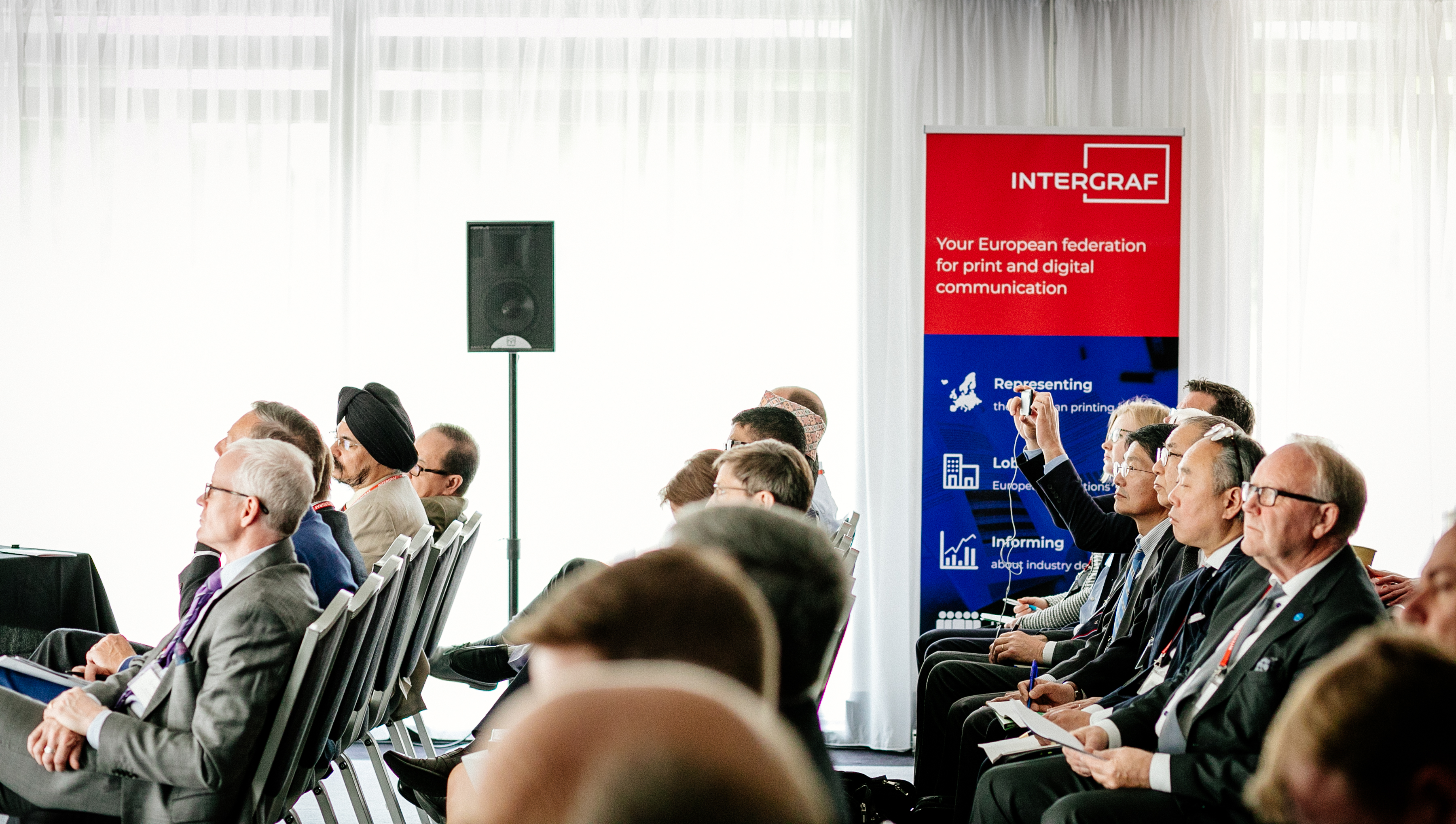Opportunities for print in Europe’s post-COVID-19 economy
21 October 2020

Accelerated digital transformation, changing consumer preferences, social distancing and the shift to a ‘homebody economy’ continue to have their impact. But with the lockdowns of March and April a thing of the past and the economy steadily – but slowly – improving, opportunities are presenting themselves to the European printing industry.
With an abundance of content speculating on the ‘new normal’, the immediate challenges for print are clear. Virtual events have become the norm, consumers are buying online (while caring more about value, less about brand loyalty), and homeworking has left city centres empty. For a sector that relies on physical products, this raises many questions about the future.
But those surmising that “print is dead” disregard the compelling need for print in modern life – which will endure long after the transformative effects of COVID-19 have settled. Demand for certain printed products remained relatively stable throughout the pandemic – increasing even for some companies – like food and pharmaceutical packaging: essential goods. Books, too, have been in high demand – particularly textbooks, children’s books and young adult fiction. As well as being essential, print promotes learning, democracy, inclusion and creativity. These benefits will help to spur the (re)growth of the European economy.
The most pressing problems for printers of essential products have included how to meet high demand while ensuring the health and safety of essential workers and safeguarding a continuous flow of materials. Trade associations like Intergraf and our national members played a critical role in addressing these challenges. At European level, Intergraf flagged the importance of isopropanol and synthetic ethanol, which had been in short supply due to their use in disinfectants. The European Commission quickly reacted by opening new supply channels. Speaking as a sector with one voice is fundamental to securing the best possible conditions for the future of print.
Other areas of the printing industry have faced more adverse changes in demand, such as commercial print. But even here, there have been examples of impressive innovation. Some companies transformed their production to make much-needed PPE (personal protective equipment) for healthcare workers. Others quickly marketed products facilitating cleanliness and social distancing, like signage and stands for hand sanitiser. With people spending more time at home, combined with digital fatigue, there are also opportunities for printers of products like direct mail, which has soared in effectiveness. And with social distancing creating more space in our surroundings, advertising has begun to spring up in more and different places.
Print is already distinct from other manufacturing sectors because it was one of the first to adapt to new, digital technologies and products. Indeed, our sector would no longer function without them. COVID-19 has made online ordering systems much more important, but many printers already meet this need because of the digital transformation our sector has undergone for many years. Printers stand at the crossroads between physical and digital, processing the design and data needed to create and distribute physical products. Printing companies have expertise in these areas and can use it to their advantage by offering much needed digital services to customers alongside integrated physical products.
We must continue to work together to defend the European printing industry, which is an indispensable part of Europe’s ecological and digital future. Challenges still lie ahead, but there are also opportunities for those willing to take them.
* First published in Deutscher Drucker Magazine
{K2Splitter}





